The Difference Between Coconut Milk and Coconut Cream Foodal

Coconut Milk VS Heavy Cream The Pros And Cons Of Each
Coconut milk is typically 1 part coconut to 2 parts water, while coconut cream is typically 4 parts coconut to 1 part water. Full-fat coconut milk is usually 9% to 15% fat content and coconut cream is 19% to 22% fat content. That concentration variance naturally plays into their nutritional value. Coconut milk is very rich in potassium, with 33.

Coconut Cream vs. Coconut Milk The Difference Between Them
Cooking Food Food and Drink. 16 comments. Add a Comment. Illegal_Tender 9 mo. ago. Using coconut milk has less fat and calories than heavy cream by a large margin. But it will definitely make whatever you put it in taste like coconut. Perfect for curries. Not so great for a bechamel.

What’s the Real Difference Between Coconut Milk and Coconut Cream
Main thing is the ration between the amount of coconut and water, that is what determines the creaminess. If you use a lot of water, the end result will be very liquid and less creamy and you will get coconut milk. If you add just a little water, the coconut milk will be very creamy and thick. That is coconut cream.
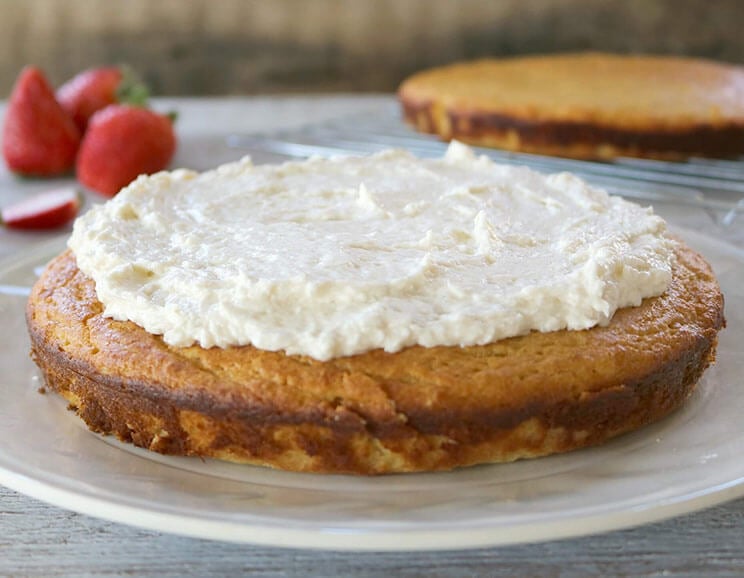
Coconut Milk vs. Cream The Difference and How It Changes Your Recipes
Differences between Whipped cream and Coconut milk. Whipped cream has more Vitamin A RAE, Vitamin B12, and Calcium, while Coconut milk has more Manganese, Copper, Iron, Fiber, and Selenium. Coconut milk's daily need coverage for Manganese is 40% higher. The food types used in this comparison are Cream, whipped, cream topping, pressurized and.
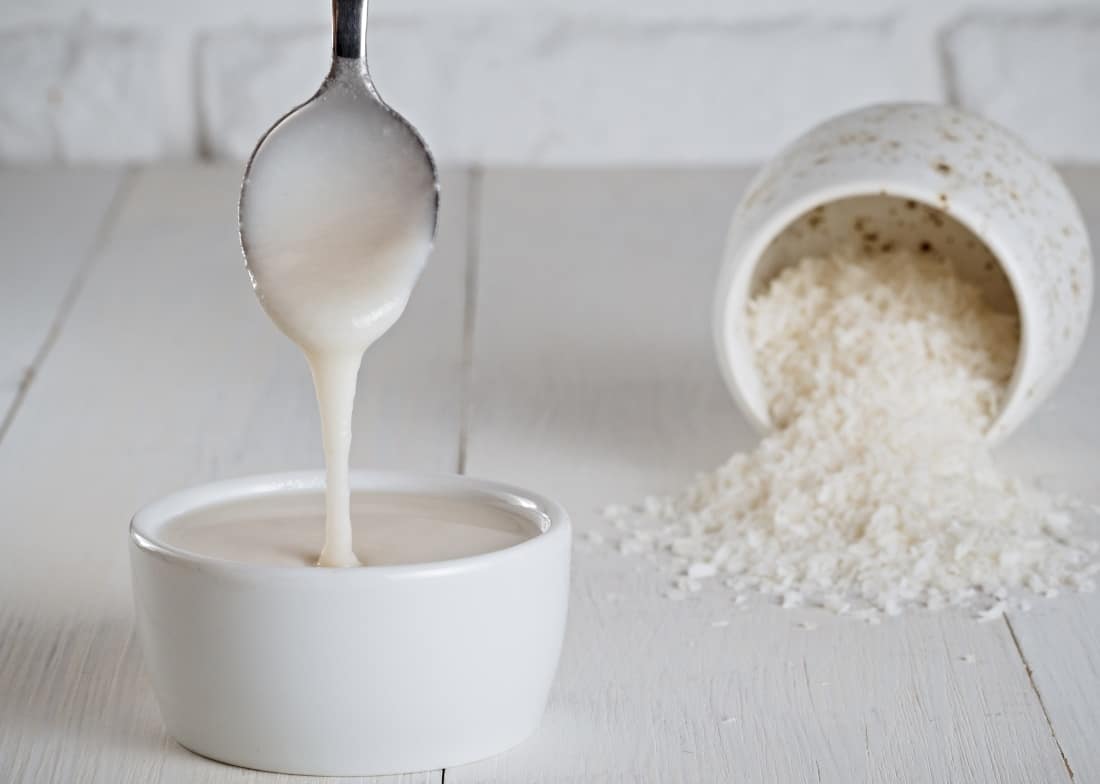
Cream Of Coconut vs Coconut Milk Treat Dreams
Strain out the solids and refrigerate the coconut cream overnight to help it set up. Chill a can of full-fat coconut milk in the refrigerator overnight. This will help the thick cream harden on the top, making it easier to skim off the layer of coconut cream. Stop when you reach the liquid layer beneath and reserve the thin milk for another use.

Coconut Milk vs. Coconut Cream The Differences Explained
Heavy cream is primarily composed of fat and calories, while coconut milk contains a balance of fat, carbohydrates, and protein. In terms of calories, one cup of heavy cream contains approximately 800 calories, while the same quantity of coconut milk contains around 552 calories. It is important to note that coconut milk contains medium-chain.

The Difference Between Coconut Milk and Coconut Cream Foodal
Essentially, it's the texture and richness that differentiates coconut cream from coconut milk. Coconut cream is thicker and made by simmering raw, grated mature coconut flesh in water. The cream that rises to the top is then collected (there's often a layer of coconut cream on top when you crack open a can of coconut milk, too).

Coconut Milk vs Coconut Cream What's the Difference? Coconuts
Coconut cream is made of four parts shredded coconut to one part water. Consistency: Coconut milk has a thinner consistency, while coconut cream has a much thicker and creamier consistency. This is because coconut cream has a higher ratio of coconut flesh to water. Uses: A can of coconut milk can be used as a base for Thai curries, laksas.

Coconut Milk vs. Coconut Cream vs. Cream of Coconut Bake at 350°
Combine one 14-ounce of unsweetened coconut cream, ¼ cup sugar, 2 teaspoons vanilla extract and a pinch of sea salt in a blender. Blend at high speed for 1-2 minutes, until smooth and creamy. Churn in ice cream maker according to manufacturer directions, until it has the consistency of soft-serve ice cream.
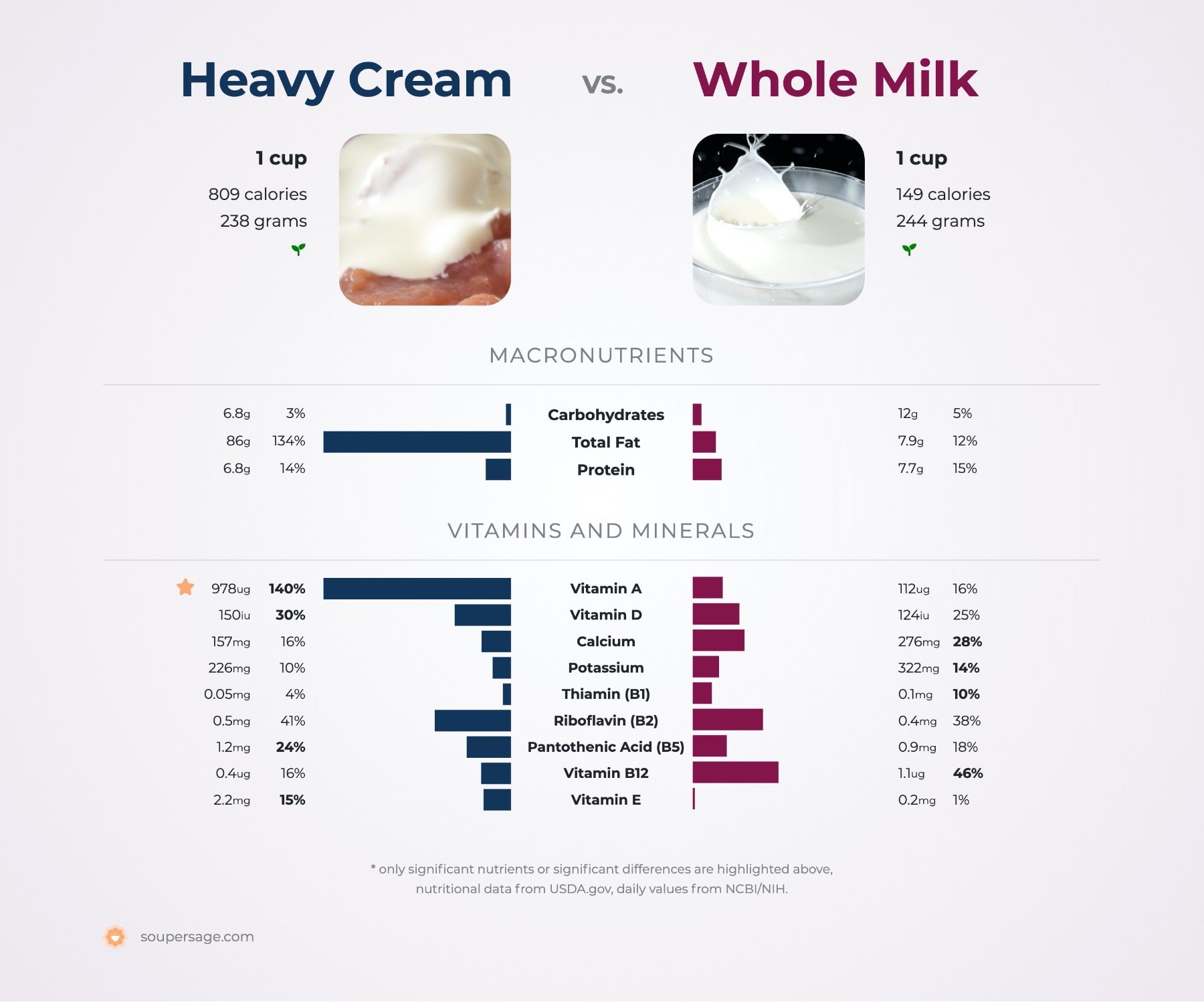
Heavy Whipping Cream Nutrition Facts Healthy Or Not? SLECK
The answer to this dairy conundrum is as simple as a can of natural coconut milk ! Versatile coconut milk can add creamy texture to soups, rich flavor to sauces and is the perfect substitute for heavy cream in any of your favorite savory dishes and desserts. If you're wondering about other non-dairy milks like soy milk and almond milk, they.

Coconut Milk vs. Cream The Difference and How It Changes Your Recipes
May prevent obesity. Coconut milk contains high levels of medium-chain triglycerides (MCTs) — fatty acids that give instant energy and are easily absorbed by the body. Research shows that MCTs have the potential to prevent fat buildup and increase sensitivity to insulin, which in turn helps in weight loss.. Moderate amounts of MCT-rich foods like coconut milk keep you feeling full for longer.
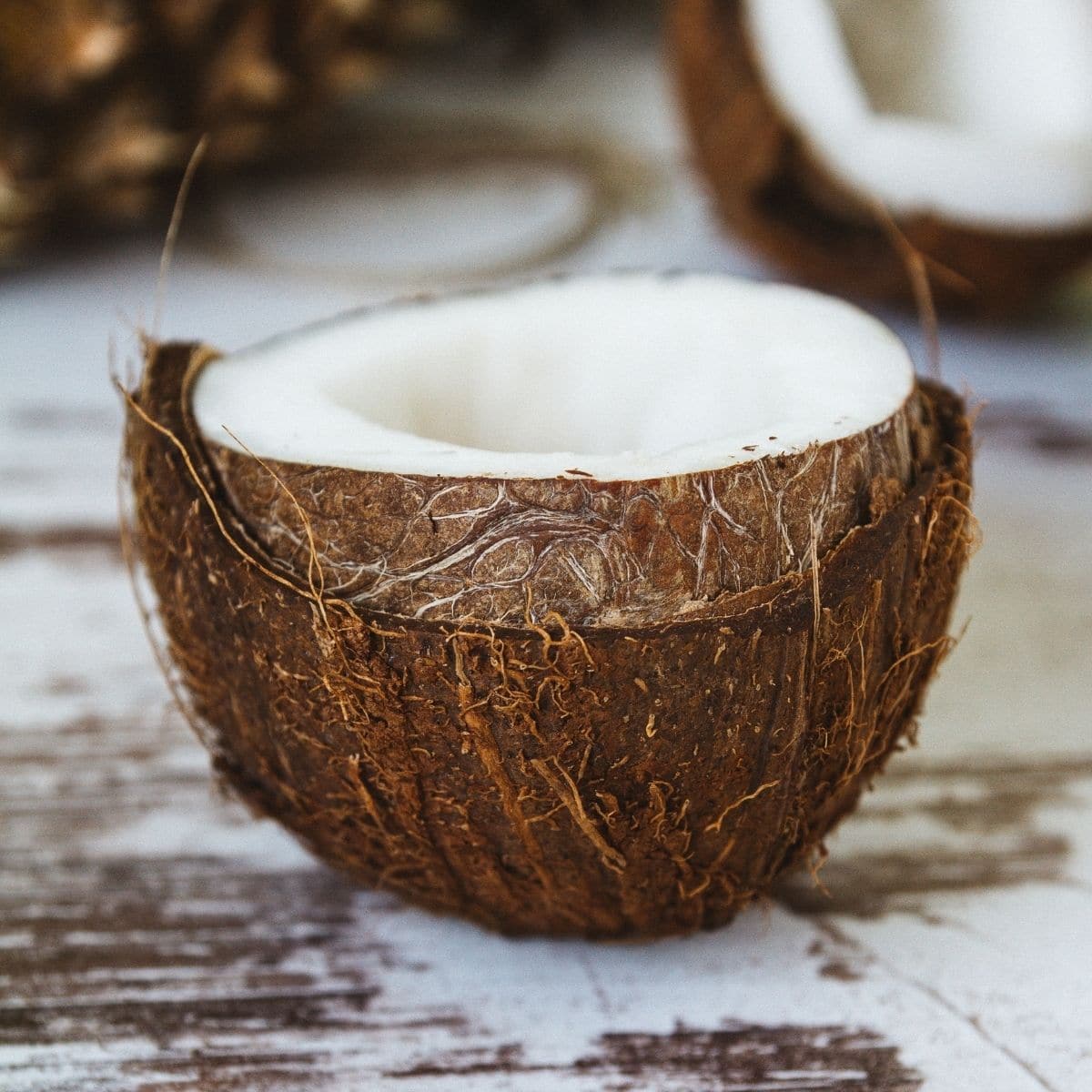
အုန်းနို့ vs အုန်းခရင်မ် (အရသာ၊ အသွေးအသား၊ လုပ်နည်းနှင့် အခြား။)
Coconut cream This product is created by mixing four parts coconut with 1 part water. It is higher fat content than coconut milk and contains 19% - 22% fat. Coconut cream is equivalent to heavy whipping cream, with a thicker consistency, and is great substitute in most recipes that call for heavy cream. If you use coconut cream instead of.

Coconut Cream vs. Coconut Milk What's the Difference? Thrive Market
To make coconut cream out of coconut milk: Take the can of coconut milk and place it in the refrigerator overnight. After refrigeration, open the can and use a spoon to remove the coconut cream at the top, leaving the water below. You should get about ½ cup coconut cream. To get it to the texture of canned coconut cream, whisk it with a.
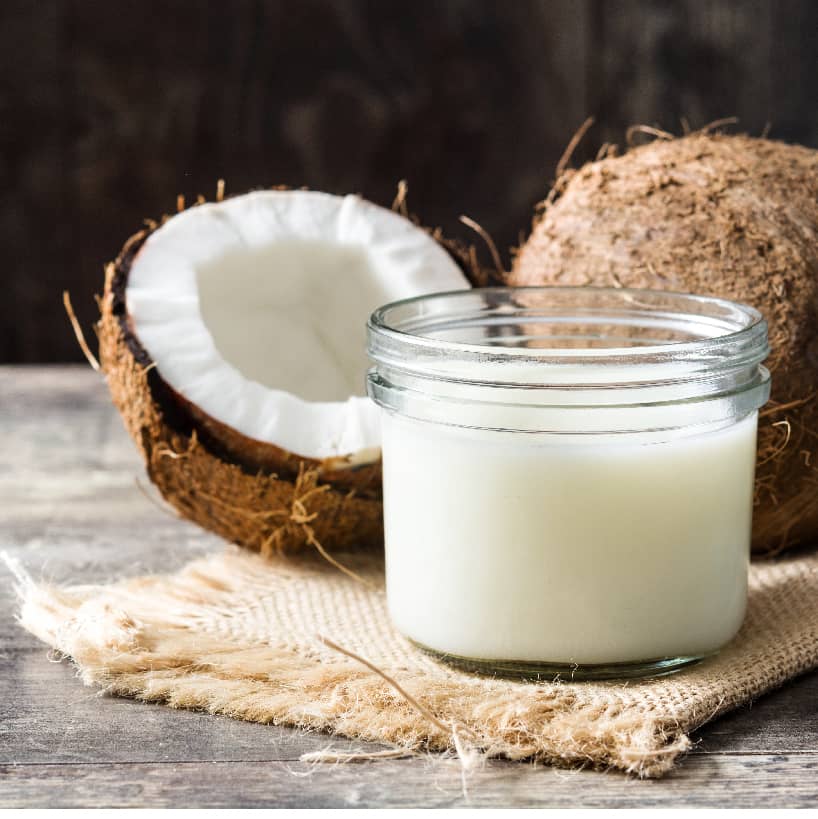
50 Unbelievable Benefits of Coconut Milk Ultimate Guide 2023
In short, the difference between coconut milk vs heavy cream is that coconut milk is vegan and lactose-free. That aside, they are mostly similar nutritionally. Each contains the same amount of saturated fat per calorie, although heavy cream does contain less sugar and slightly more protein. That said, there are several other factors that may be.
:max_bytes(150000):strip_icc()/heavy-cream-substitute-4154289_round2-db6506af6bc74b46bc38bb1adf360285.png)
Heavy Cream Substitute Homecare24
Calories Comparison. 2000 calories = Full Bar. (-- = missing data) Heavy Whipping Cream 1 fl oz (x1) 5% DV 101 calories. Coconut Milk 1 cup (x1) 22% DV 445 calories.

Coconut Milk vs. Coconut Cream vs. Cream of Coconut Bake at 350°
Heavy cream is a common ingredient in sweet and savory recipes. With 36 to 40 percent milkfat, it has a higher fat content than light cream, whipping cream, half-and-half, whole milk, and evaporated milk. Each tablespoon yields 50 calories, 5 grams of fat, and 3.5 grams of saturated fat. Heavy cream's high-fat content means it doesn't curdle.